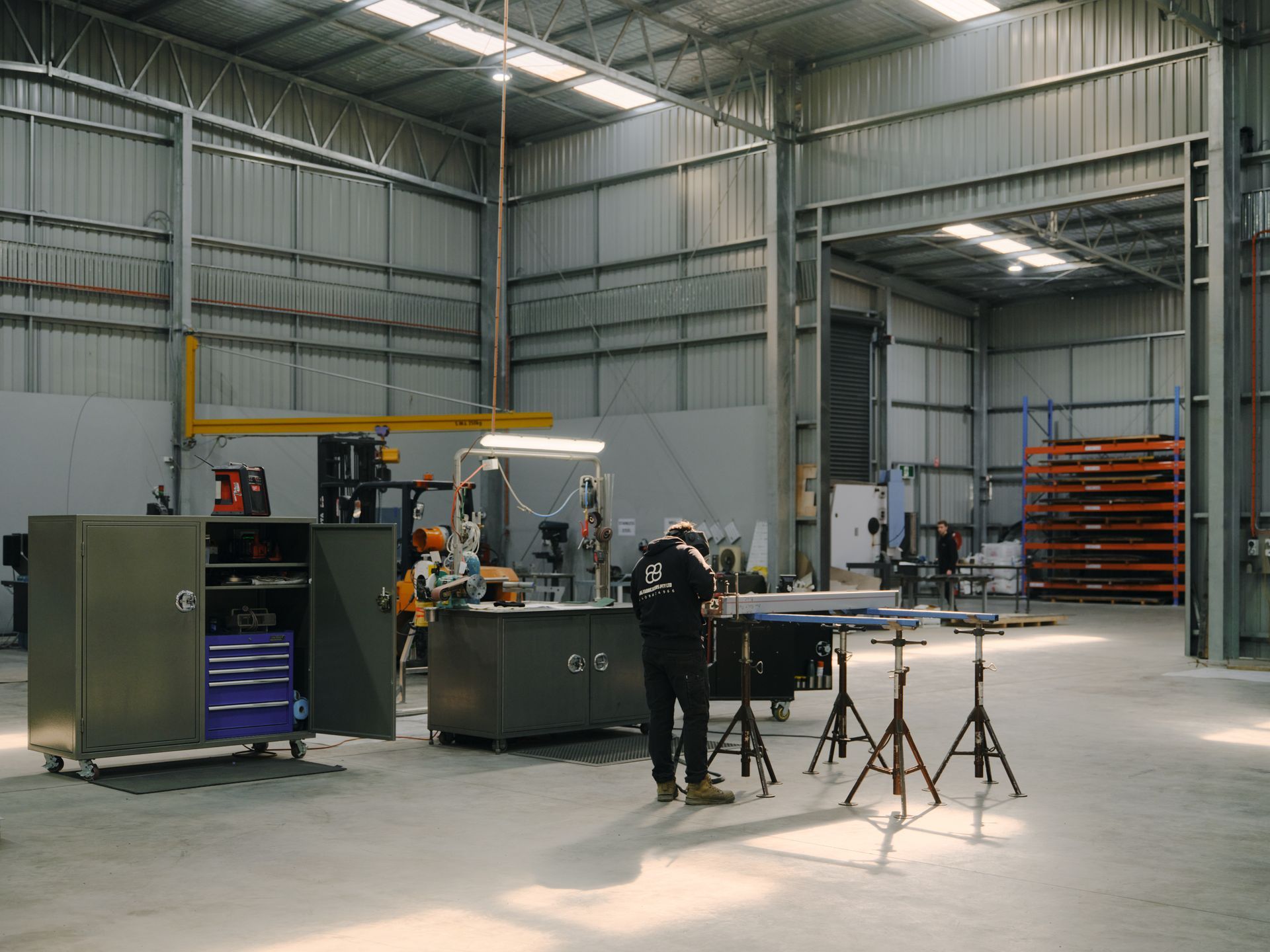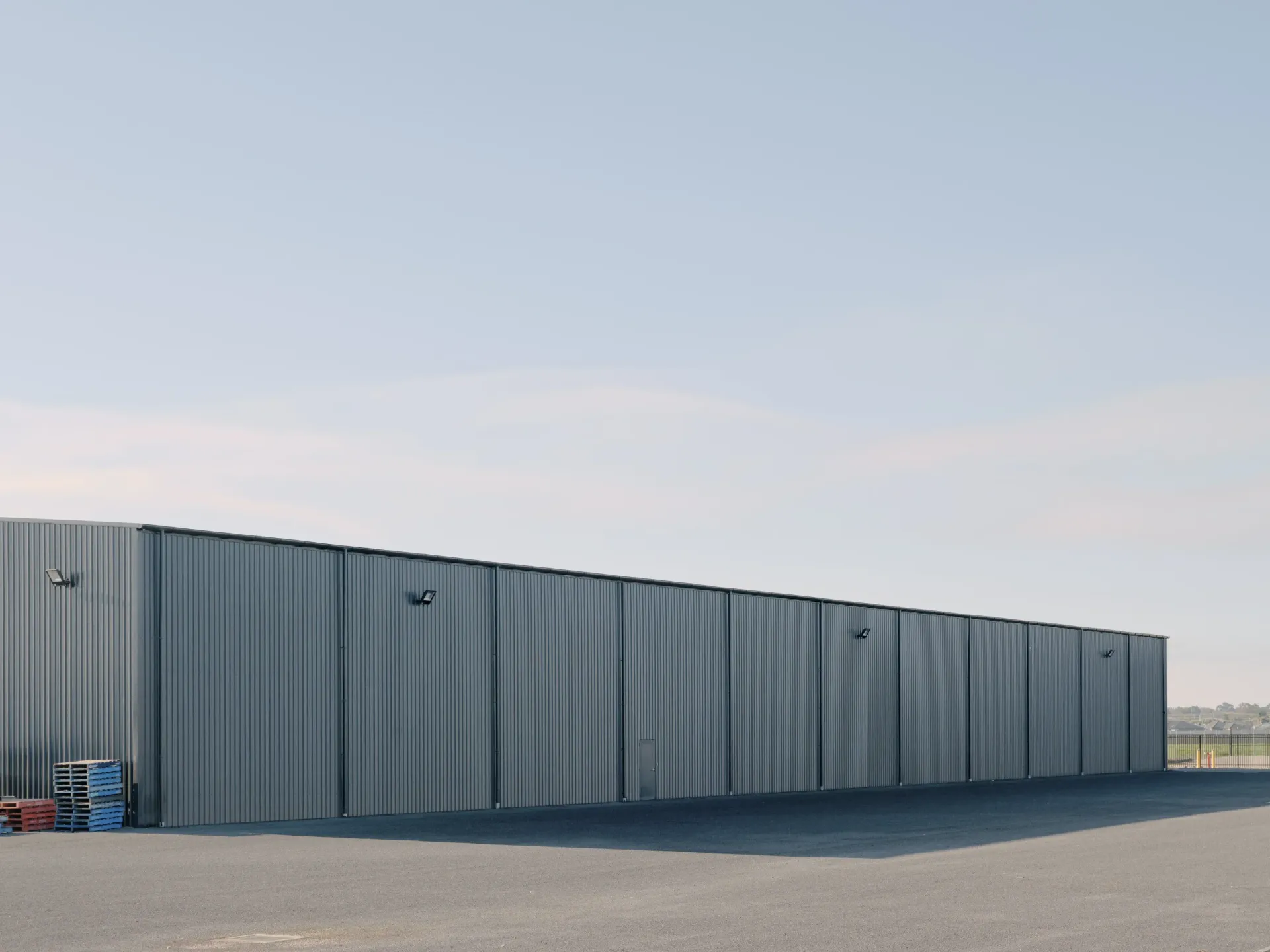The 5 P’s: Proper Planning Prevents Poor Performance
20 Apr 2022 Josh Wiggins, General Manager
IN BRIEF
- Urban planners play a crucial role in commercial structure projects by providing comprehensive planning advice, identifying potential issues, and navigating the Council approval process.
- Engaging an urban planner can help prevent problems with incomplete documentation and streamline the approval process, ultimately saving time and reducing stress for the project owner.
- Different levels of approvals in NSW include Exempt Development, Complying Development Certificate (CDC), and Development Application (DA), each with its own process and requirements.
- The DA approval process involves three phases: pre-DA meeting, preparation phase, and post-lodgement, where the planner works closely with the client to navigate through the steps and ensure compliance with regulations.

Eli Gescheit from Navon Planning joins us to talk about the importance of the planning process for your commercial structure project.
Eli is an urban planner with 15 years of experience working both in Councils and private practice. Running his own planning consultancy for the past seven years, Eli has a wealth of experience assessing DAs and giving planning advice to customers throughout NSW.
In this summary of our SteelTalk webinar, Eli chats with our team to demystify the Council approval process, including what a planner does and how they can add value to your project.
What is an Urban Planner and Why Do You Need One?
An urban planner does much more than just work with Council planning controls: they apply overall knowledge about every aspect of the build, such as engineering, stormwater, landscaping, trees, and the site itself, and tie all these together in order to give property planning advice.
Because they have a broad understanding of many different topics, urban planners can often identify lots of unforeseen problems - which means they can get a negative rap!
However, your planner is ultimately there to help you find solutions, so although they might be pointing out issues you hadn’t even considered, their goal is to help you get your project across the line and keep both you and your Council happy.
What Happens When You Don’t Engage an Urban Planner?
We talk with a lot of people who are attempting to go it alone and build their project without the assistance of a planner. And, there’s definitely a common thread: they don’t have a lot of positive things to say about their Council!
Having a planner as part of your team helps you identify issues with your plans before they escalate, meaning they can be rectified earlier and pass through Council with fewer problems.
Eli notes that one of the most common reasons a DA is rejected is due to incomplete documentation, so a planner will also be diligent in providing complete information in your planning applications.
Some other benefits of working with an urban planner include:
- Planners speak the same language as Councils
- They have a thorough understanding of all the elements involved
- They can deal with court cases should they arise in the future, and
- They are skilled at remaining calm under pressure!
This last point shouldn’t be underestimated - a self-managed project that is causing you enormous stress is going to negatively impact other parts of your life. With a planner on board, they can deal with Council and save you some stress and frustration.
Also, another key benefit of engaging a planner is that they will be with you the whole way through the project - even if it ends up in the land and environment court or in breach of planning controls. The experience they bring to the table can help resolve issues and minimise these problems.
Working With a Planner: The Different Levels of Approvals
In NSW where Eli operates, there are three types of approvals:
- Exempt Development
- Complying Development (CDC)
- Development Application (DA)
(Note that in Victoria the system is slightly different: a DA is known as a PP or planning permit, and a construction certificate is known as a building permit. Also, a CDC would be equivalent to a VicSmart application plus a building permit.
More on Victorian permits here.)
An
exempt development is designed to streamline the process for those who are building minor structures like pergolas or small residential sheds. There is still a process to go through, however, if your structure meets the requirements you don’t need the additional levels of Council approval, which will save you time and money.
A
Complying Development Certificate can be gained by applying through a certifier, allowing you to bypass your Council and get an ‘all in one’ approval. This approach is typically used for situations such as dual occupancies, renovations to houses, and also warehouse developments up to 10,000m2. With a CDC, your neighbours are notified of the proposed development however their feedback is not required for the CDC to progress. Overall, this certificate is best for projects that fall squarely inside established rules and don’t include any special features or requirements.
Development Applications involve lodging the forms with your Council, notifying neighbours of the intended development, and in this instance, also seeking their feedback. It pays to be nice to your neighbours because they do have an influence on your project. Depending on the scale and complexity of the project, a DA can take anywhere from 3 to 12 months to receive.
The important thing to remember when applying for Council approval is that although it can be quicker and easier to shoot for a CDC, you may not be able to build as much as you would like which can potentially see you making compromises on the end product.
Although a DA is a lengthier process, it has the added benefit of allowing you to apply for more than is currently permitted. This ‘if you don’t ask, you don’t get’ approach can sometimes lead to you getting approval for, say, a slightly higher than standard roof, or a wall a little closer to a boundary.

"Having a planner as part of your team helps you identify issues with your plans before they escalate, meaning they can be rectified earlier and pass through Council with fewer problems."
- Eli Gescheit, Navon Planning

What Does the DA Approval Process Look Like?
The DA process has three phases: the pre-DA meeting, the preparation phase and post-lodgement. These are the steps your planner will work through with you:
Pre-DA Meeting (for more complex projects)
- On-site meeting with the client
- Prepare a report for pre-DA meeting
- Submit pre-DA with concept plans and report
- Attend pre-DA meeting with Council and project team
Prepare DA
- Submit DA
- Provide advice, prepare SEE & Clause 4.6 report if required
- Consultants to prepare required plans and reports for DA submission
- Amend design if necessary
Post-Lodgement
- Monitor progress with Council
- Respond to issues where necessary
- DA approval issued by Council

How Does an Urban Planner Help With Property Development and Advice?
Like many planners, a significant amount of Eli’s work involves helping clients work out what they can and can’t do with their property.
Urban planners can:
- Provide advice on the development potential of a site, and the relevant state and council planning controls.
- Investigate potential risks or constraints of a site (eg heritage listings)
- Research similar DA approvals in the area so you can make informed decisions about your site
- Look at your site from a Council’s point of view and identify any potential issues.


Getting Your Project Started
The Steelcorp team is here to support you throughout the entire process, from early designs to planning, approvals, engineering and construction support. Give our team a call any time to get help and advice on your commercial steel structure project.
This article is a summary of Episode 2 of our SteelTalk webinar series. Take a look at our YouTube channel for more.
